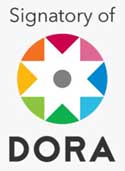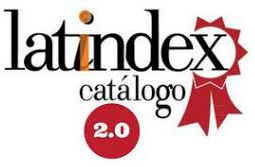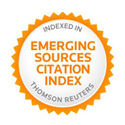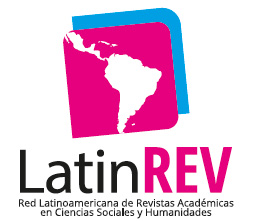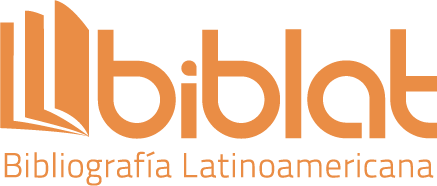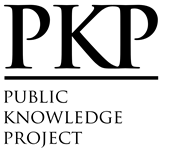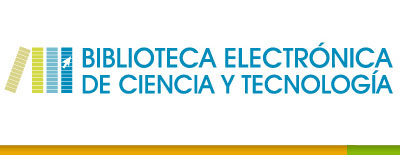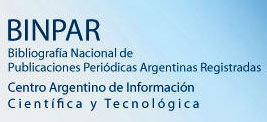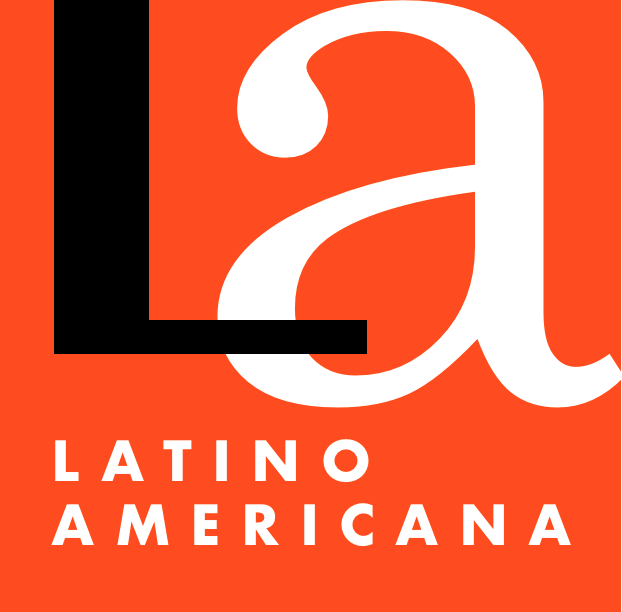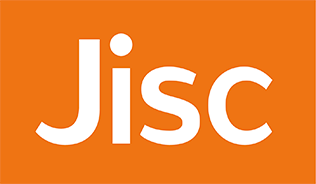Envíos
Lista de comprobación para la preparación de envíos
Todos los envíos deben cumplir los siguientes requisitos.
- Se envía un archivo por cada uno.
- El texto cumple con los requisitos bibliográficos y de estilo indicados en las Directrices para autores.
- El texto tiene interlineado de 1,5. La fuente es Times New Roman de 12 puntos. Se usa cursiva en vez de subrayado (exceptuando las direcciones URL). Todas las ilustraciones, figuras y tablas están dentro del texto en el sitio que les corresponde y no al final de todo.
- Si está enviando para la sección con referato, para que el artículo sea revisado por pares, tiene que asegurarse de que el material llegue anonimizado, sin referencias a los autores en el texto, ni en las propiedades del documento.
- Título, resumen y palabras clave están redactados en español, inglés y portugués.
- Utilice la plantilla que suministramos. Eso nos ayuda enormemente en el proceso de publicación.
Artículos Libres
La sección de artículos libres ofrece un espacio para difundir resultados de investigaciones por vía de los artículos y puestas al día de la producción científica reciente, con las revisiones bibliográficas.
Artículos Monográficos
La sección monográfica dispone la difusión científica en campos temáticos específicos, uno por número; la coordinación editorial de esa sección estará a cargo de especialistas.
Informes de cátedra
Es una sección para compartir artículos de investigación y reflexión en docencia. Por tratarse de un campo intelectual relativamente reciente respecto de la historia de la ciencia, en formación y cambio permanente, es pertinente producir teoría y estudiar casos de prácticas docentes en comunicación.
Comunicaciones
Comunicaciones busca dar visibilidad a la producción científica de los estudiantes de grado y de posgrado, especialmente en lo que concierne a sus tesis y trabajos finales de titulación. Por su mismo carácter de trabajo en curso, los informes estarán vinculados a trabajos más amplios y procurarán comunicar resultados parciales, acotados a algún aspecto de interés para la comunidad científica.
Correo
El correo estará disponible para el intercambio con la comunidad de lectores y autores.
Aviso de derechos de autor/a
Los autores conservan los derechos de autor y garantizan a la revista el derecho de ser la primera publicación del trabajo. En caso de que puedan publicar en otra revista una traducción del artículo ya publicado en Austral Comunicación, se pide dejar constancia en la versión traducida sobre la publicación original.
La licencia utilizada es CC BY-NC-SA, que permite compartir (copiar y redistribuir el material en cualquier medio y formato) y adaptar (remezclar, transformar y construir sobre el material) bajo los siguientes términos: atribución (reconocer la autoría) y no comercial (no se puede utilizar el material para fines comerciales). Actualización: 1 de febrero de 2022.
Austral Comunicación permite al autor(es) retener los derechos de publicación sin restricciones.

